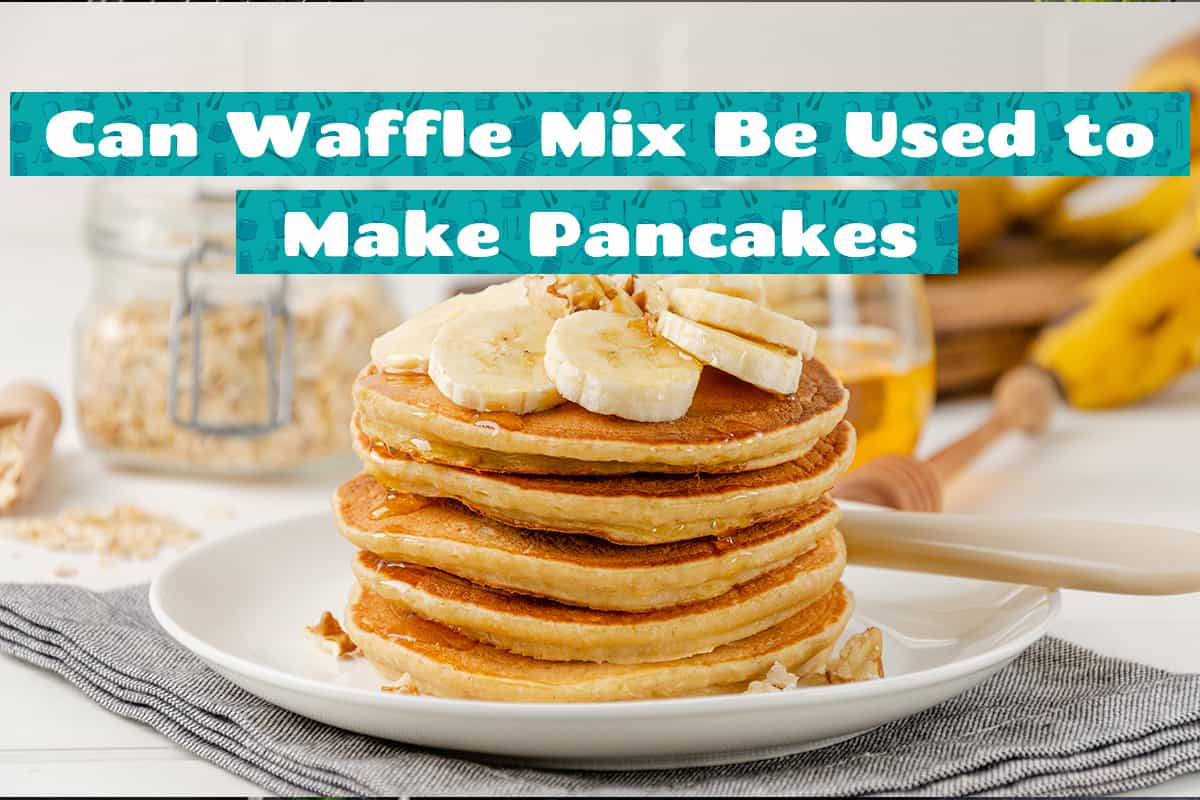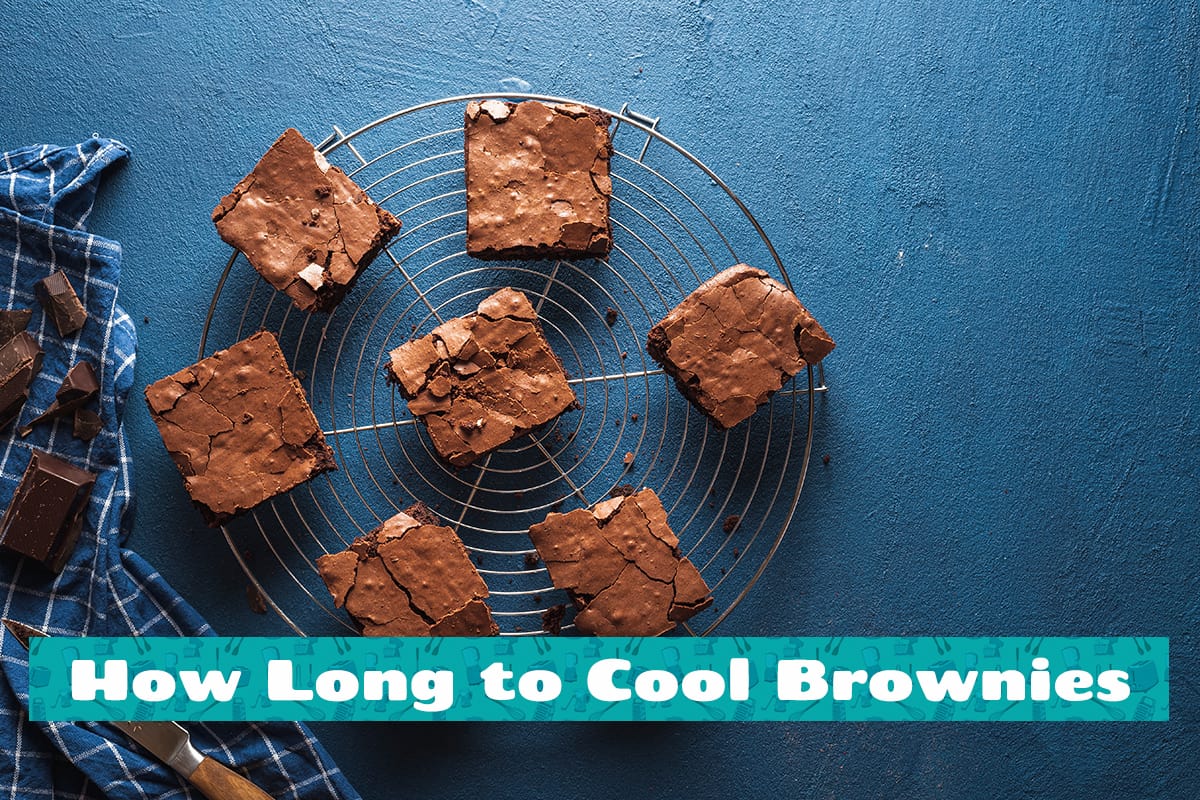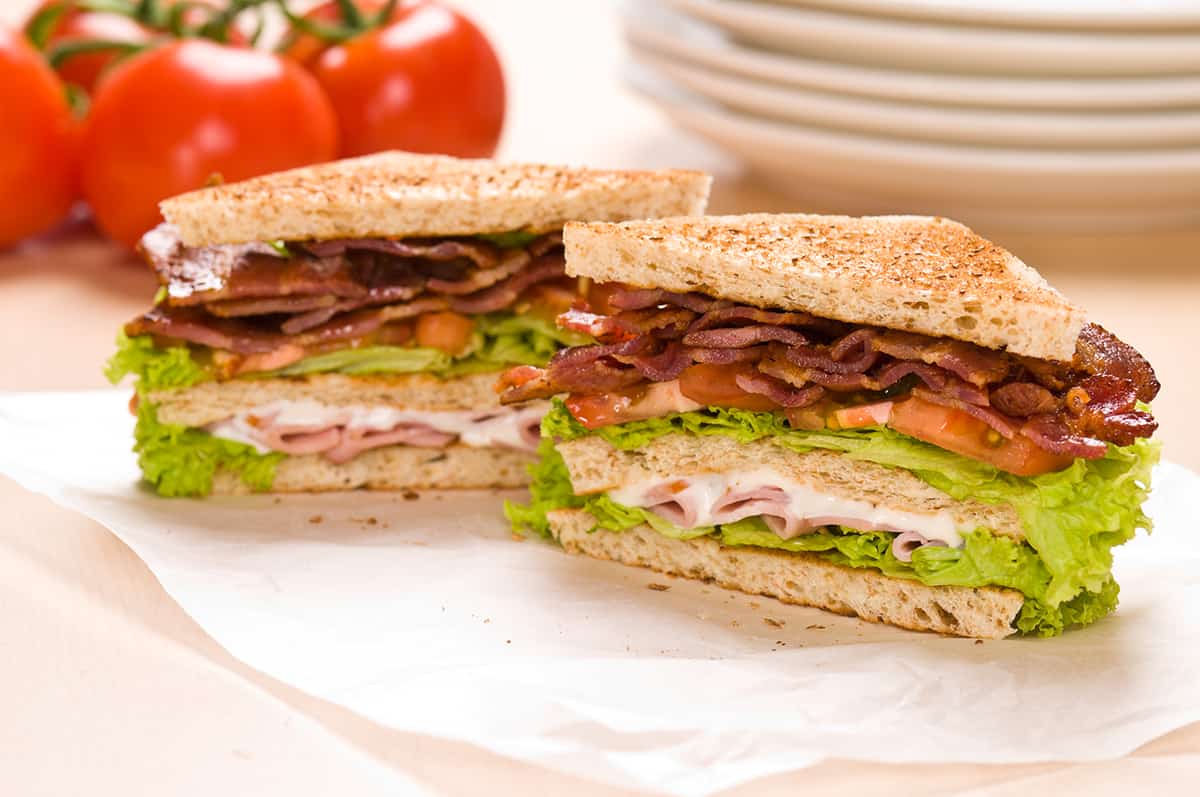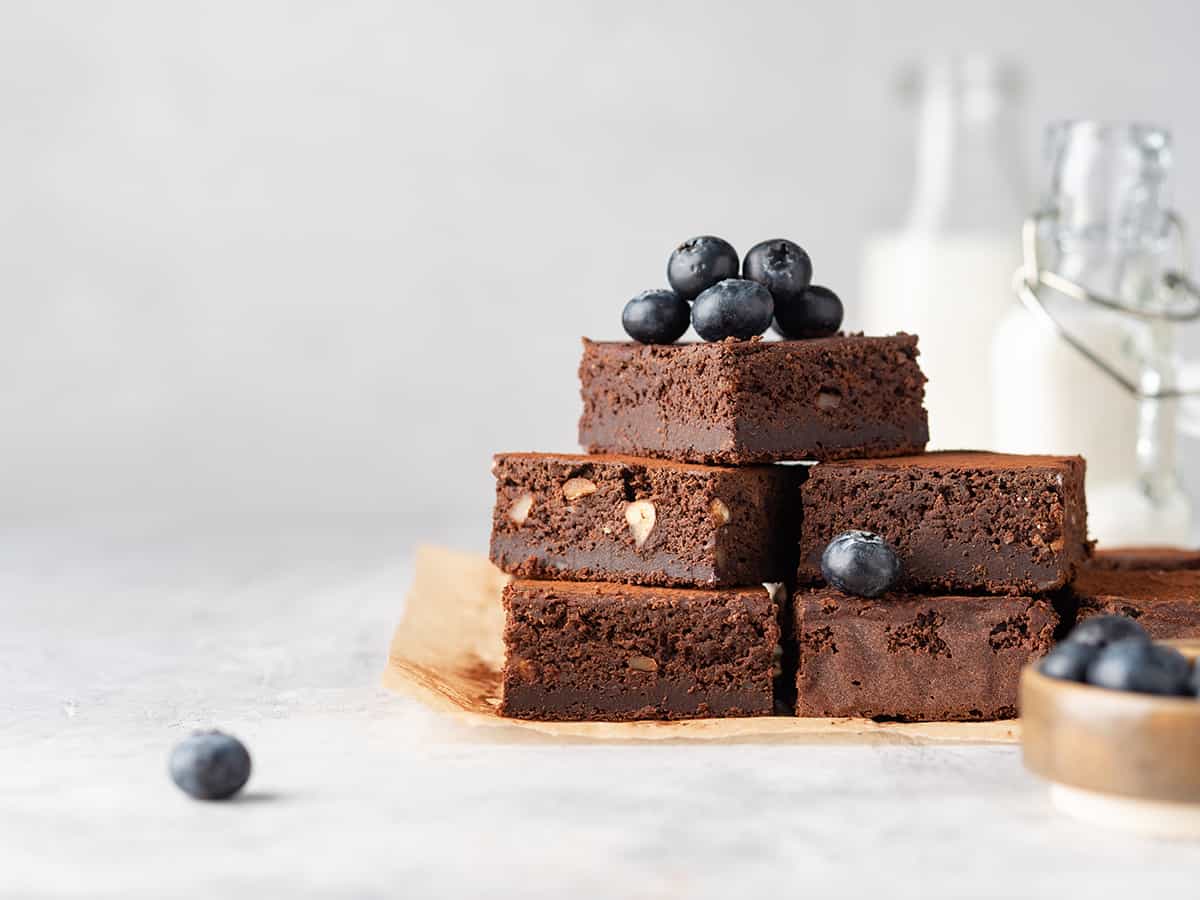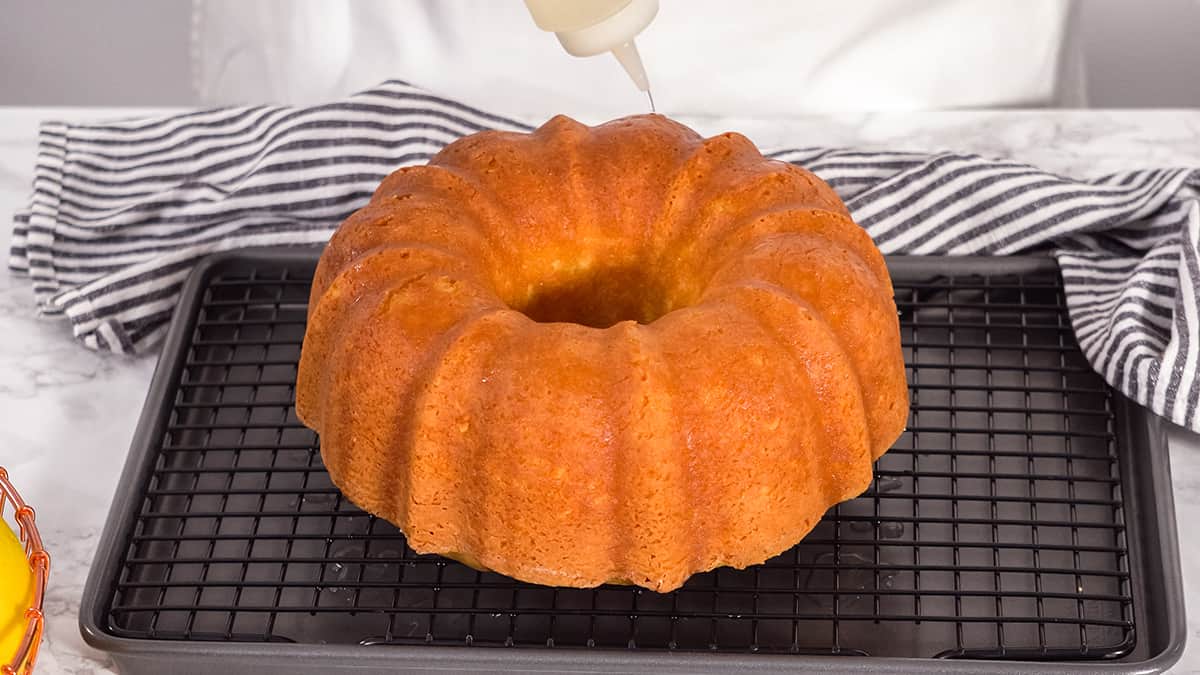If you’re new to the baking game, you might have found that many online recipes aren’t exactly beginner-friendly. There may have been unwritten steps that the author assumes the reader knows, such as flattening cookies prior to baking? So, should you do this, or is it safe to just pop the dough ball in the oven and hope for the best?
Some cookie dough recipes promote spreading, while others will produce a tall, risen cookie. Depending on the recipe, you should flatten the cookie if the ingredients don’t spread far enough.
Baking cookies is both a science and an art. It takes trial and error, as well as a basic understanding of how the ingredients interact with each other, to discover how a cookie will turn out. In this guide, I’ll talk about why some cookie recipes don’t spread out, and I’ll also list a few cookie types that absolutely require flattening before baking.
Should You Flatten Cookies Before Baking?
Whether or not you flatten the cookies before baking will depend on how cakey or dense you want your cookie to be.
Recipes that ask you to flatten the cookie prior to baking are most likely do not contain enough sugar or fat for the dough ball to spread out naturally. Without flattening the dough, the cookie might end up looking like a ball that is hard and crumbly in texture.
On the other hand, if a recipe doesn’t tell you to flatten the cookie dough, that means the dough has enough fat and sugar to spread on its own during the baking process. Flattening the dough before baking will result in an overly flattened cookie that is crispier than it is cakey.
However, if you are experimenting in the kitchen using your own recipe, it won’t hurt to bake flattened and non-flattened batches to see how the cookie turns out. But if you have a basic understanding of cookie spreading and what causes it, you should be able to tell whether flattening the dough ball before baking is necessary or not.
What Is Cookie Spreading?
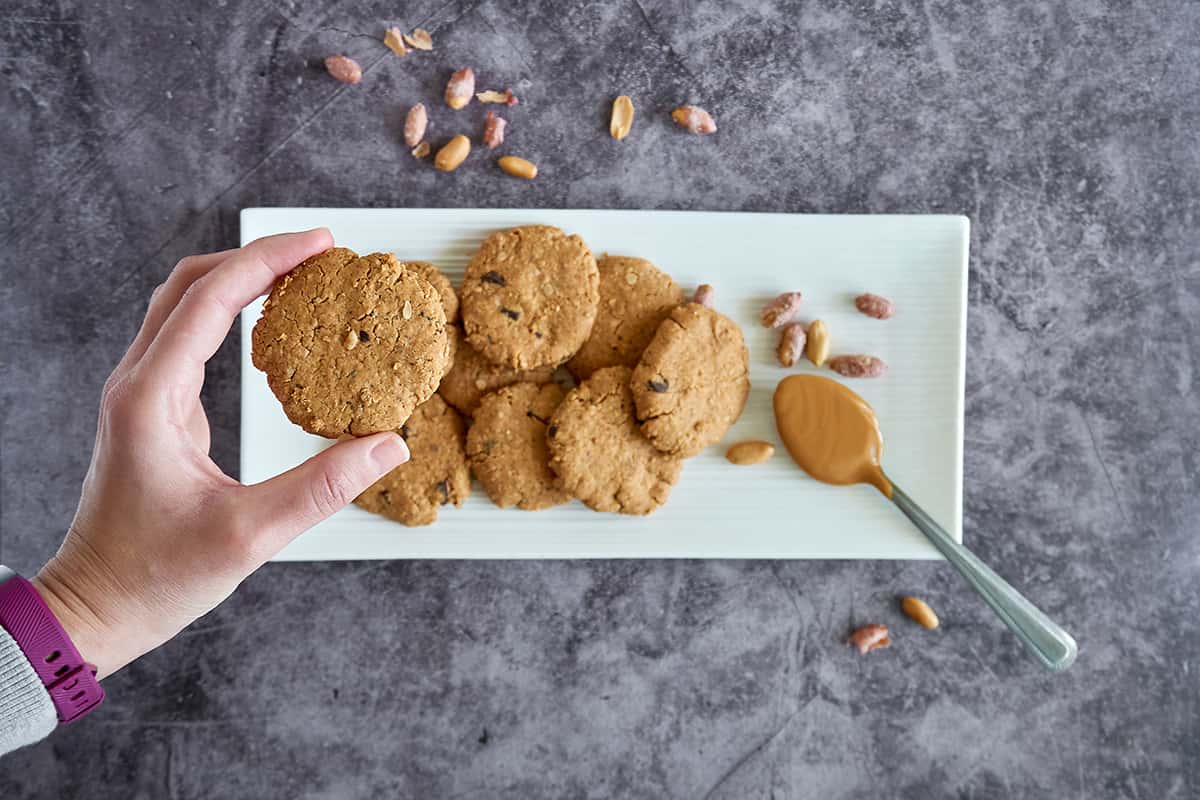
First and foremost, we have to talk about what cookie spreading is. When you place the cookie dough in the oven, the dough ball may widen over time. This is known as spreading and is a key process if you want flat, crispy cookies.
Without knowing the science behind why a cookie spreads, the experience will teach you that the ratio of the main ingredients—flour, butter, sugar, and eggs—will affect how far your cookie will flatten in the oven.
What Ingredients Cause Cookies to Spread?
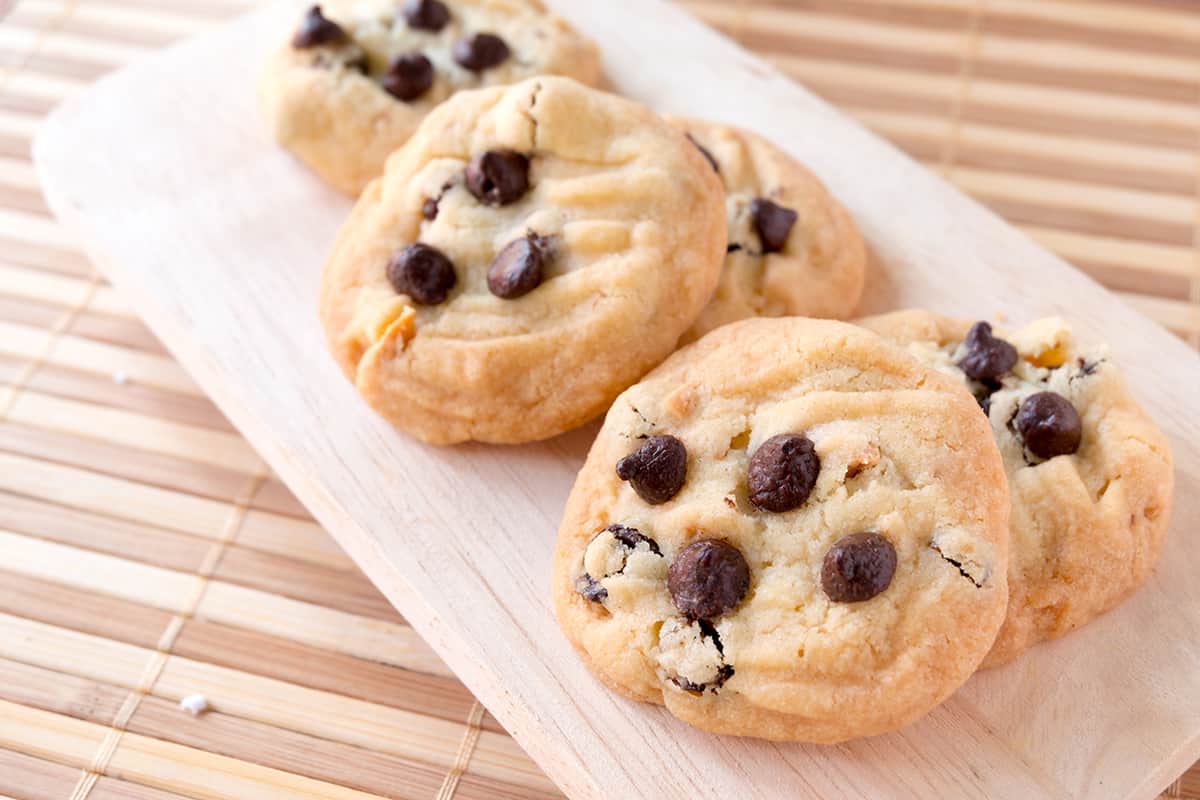
For the most part, the sugar and butter content will play the biggest role in the cookie’s spread. However, the other ingredients, such as the leavens and flour, will also whether the cookie will rise in the oven and retain its ball-like shape or flatten out.
Let’s take a closer look at these individual ingredients.
Sugar
You have 2 types of sugar to work with—white granulated sugar and brown sugar (light and dark). Sugar is considered a wet ingredient, unlike flour, since it dissolves into a liquid state during the baking process. As such, when the sugars caramelize in the oven, they will not very much in retaining the cookie dough’s shape, which will allow for a wider spread.
Basically, the higher the sugar ratio is in your cookie dough, the more it will flatten while baking. And when sugar greatly overwhelms the flour content, you’ll end up with a cookie that’s crispier than it is soft and chewy.
Butter
Butter, or any type of fat, can also affect the spread of your cookie. Fats contain moisture that, when heated, will stop the cookie dough from retaining its shape.
It’s also important to note that not all butter is made equally. Some have a higher moisture content than others, which will promote further spreading during the baking process. If you want a cookie that doesn’t spread too far, you should consider using high-quality European butter.
Flour
Flour is the main ingredient that gives a cookie its structure. The type of flour you use, as well as how much, will affect how much your cookie spreads or not. Cake flour has a low-gluten content, which is ideal for making cakey, pliable, soft cookies, whereas bread flour will develop gluten when mixed, producing a bready cookie that hardens with heat.
Most cookie recipes will use all-purpose flour, which is the middle ground in terms of gluten content. Apart from how much flour you put in the cookie dough, the other ingredients will have a greater role in spreading.
Leavens
There are 2 types of leavens that go into cookie dough—baking soda and baking powder. Baking soda reacts with acidic ingredients, such as butter and vanilla extract, to create carbon dioxide that causes the cookie to rise. Baking powder, on the other hand, will promote spreading.
However, it’s important not to go overboard with either of these ingredients since they can leave a slightly metallic taste. So, if your cookie doesn’t spread or rise as much as you wanted, you should alter the other ingredients before adjusting the leaven’s ratio.
Which Cookies Should I Flatten Before Baking?
There are certain types of cookies that, no matter what you do, will not spread in the oven. This is mainly due to the ratio of sugar and butter to flour, as well as the addition of other ingredients that throw the whole chemical balance out of whack.
So, when you’re preparing the following cookies, make sure you flatten the dough balls with the bottom of a glass before sticking them in the oven.
Sugar Cookies
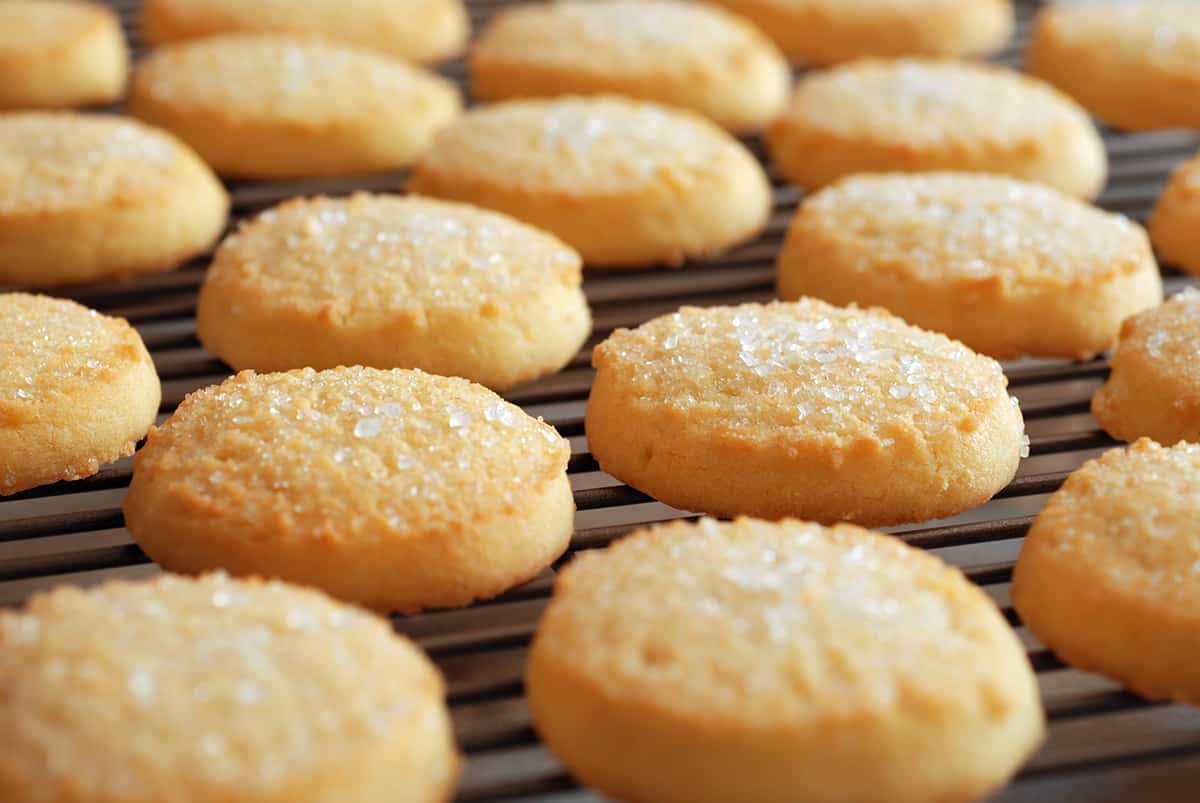
When preparing a batch of sugar cookie dough, you will notice that the dough lacks moisture. As such, the dough ball will not lose very much when baking, so it will not spread very far, producing a hardened, overly dry cookie
Peanut Butter Cookies
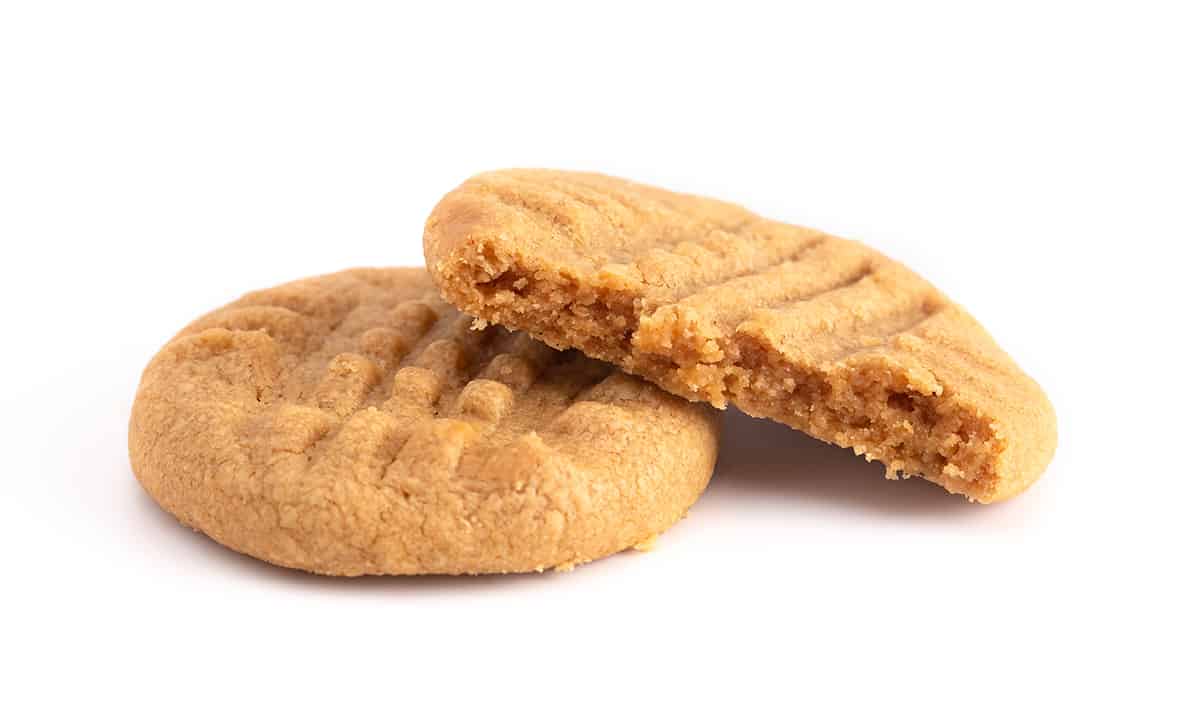
If you take a look at peanut butter recipes, you’ll notice how they have crisscross patterns on top. This is produced by pushing the tines of a fork into the dough at different angles. Apart from giving peanut butter cookies their iconic appearance, doing this will also slightly flatten the cookie dough, which, like sugar cookies, is naturally dense.
Snickerdoodles
Even though snickerdoodles are rolled in a bowl of sugar and cinnamon prior to baking, the sugar will not encourage spreading as it is stuck on the dough’s exterior. So, after rolling the dough in the cinnamon mix, make sure you squish them slightly using the bottom of a glass before baking.

